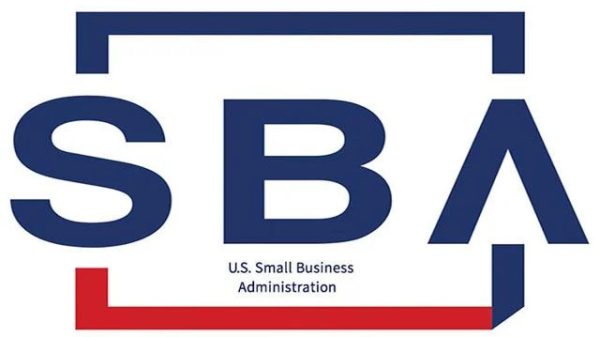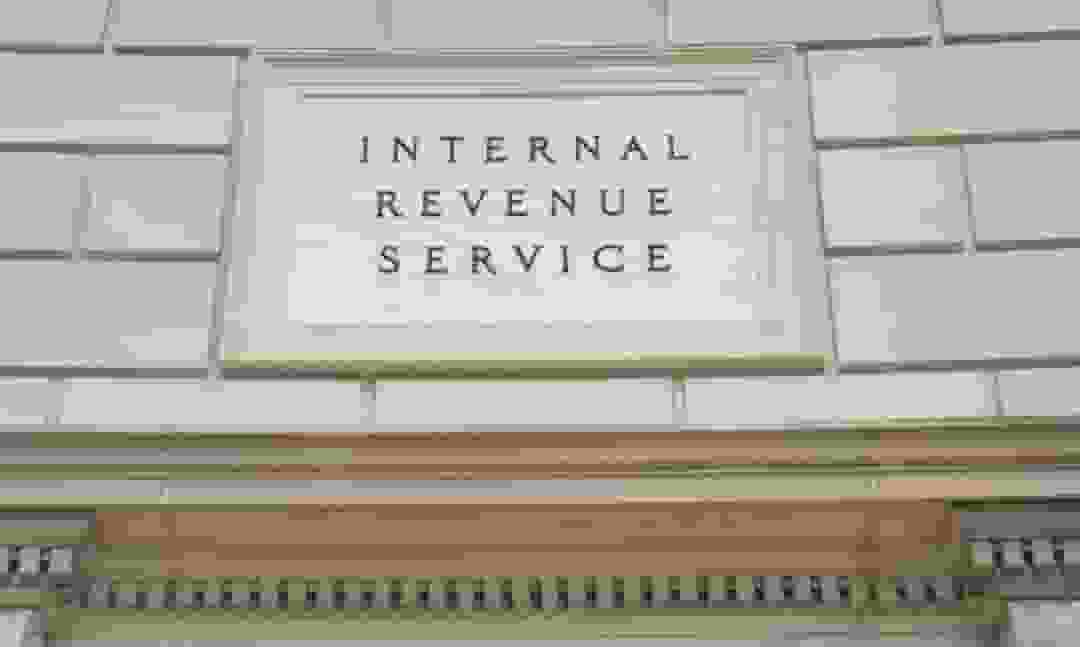On December 19, 2023, the IRS released Notice 2024-07, granting automatic relief to 5 million eligible taxpayers who owed more taxes due to penalties for 2020 and 2021 income tax returns. The notification provides eligible taxpayers with a waiver or abatement of fines, refunds, or credits to other outstanding tax bills during the designated relief period.

Photo from Google
IRS Relief: Eligibility and Expected Impact
Relief begins on the IRS’s initial balance due notice or February 5, 2022, whichever is later, and ends on March 31, 2024. Section III Grant of Relief with Subsections A and B on qualified taxpayers and returns is crucial to the seven-page notice.
The notification defines eligible taxpayers as those with an assessed income tax of less than $100,000 for 2020 or 2021 as of December 7, 2023, excluding taxes, penalties, and interest. These taxpayers must also get an initial balance due notice by December 7, 2023, for the taxable years 2020 to 2021 and be liable for tax accruals for failure to pay during the relief period.
About 4.7 million people, businesses, and tax-exempt organizations that did not receive automated collection reminders during the pandemic would benefit from this relief endeavor. The IRS expects to give out $1 billion in penalty relief, mostly to people earning less than $400,000.
Impending IRS Resumption: Special Reminder Letters and Relief Strategies for Taxpayers
This respite follows the IRS’s February 2022 suspension of automated reminders to settle unpaid tax obligations under COVID-19. Beginning next month, the IRS will send special reminder letters before normal collection processes resume. Taxpayers will get letters stating their liability, payment choices, and penalty relief.
Advisors should be aware of relief eligibility standards and consider alternatives for taxpayers who do not qualify. Offers in compromise, installment payment agreements, and reasonable cause abatement requests are examples.
READ ALSO: Tax Alert: IRS Provides Relief To An Estimated 5 Million Taxpayers




![Tyson Foods Plant [Photo: Food Manufacturing]](https://southarkansassun.com/wp-content/uploads/2023/08/iStock_1185520857__1_.5e441daa51cca-600x337.jpg)








![Silverado Senior Living Management Inc. [Photo: Los Angeles Times]](https://southarkansassun.com/wp-content/uploads/2023/10/download-6-4-600x337.jpg)

![China's Wuhan Institute of Virology [Photo: Nature]](https://southarkansassun.com/wp-content/uploads/2023/09/d41586-021-01529-3_19239608-600x337.jpg)















